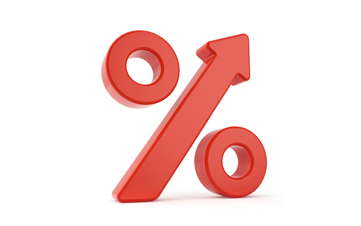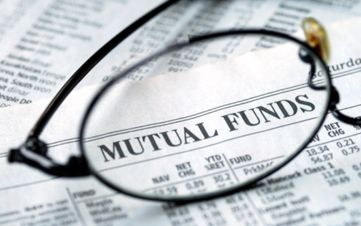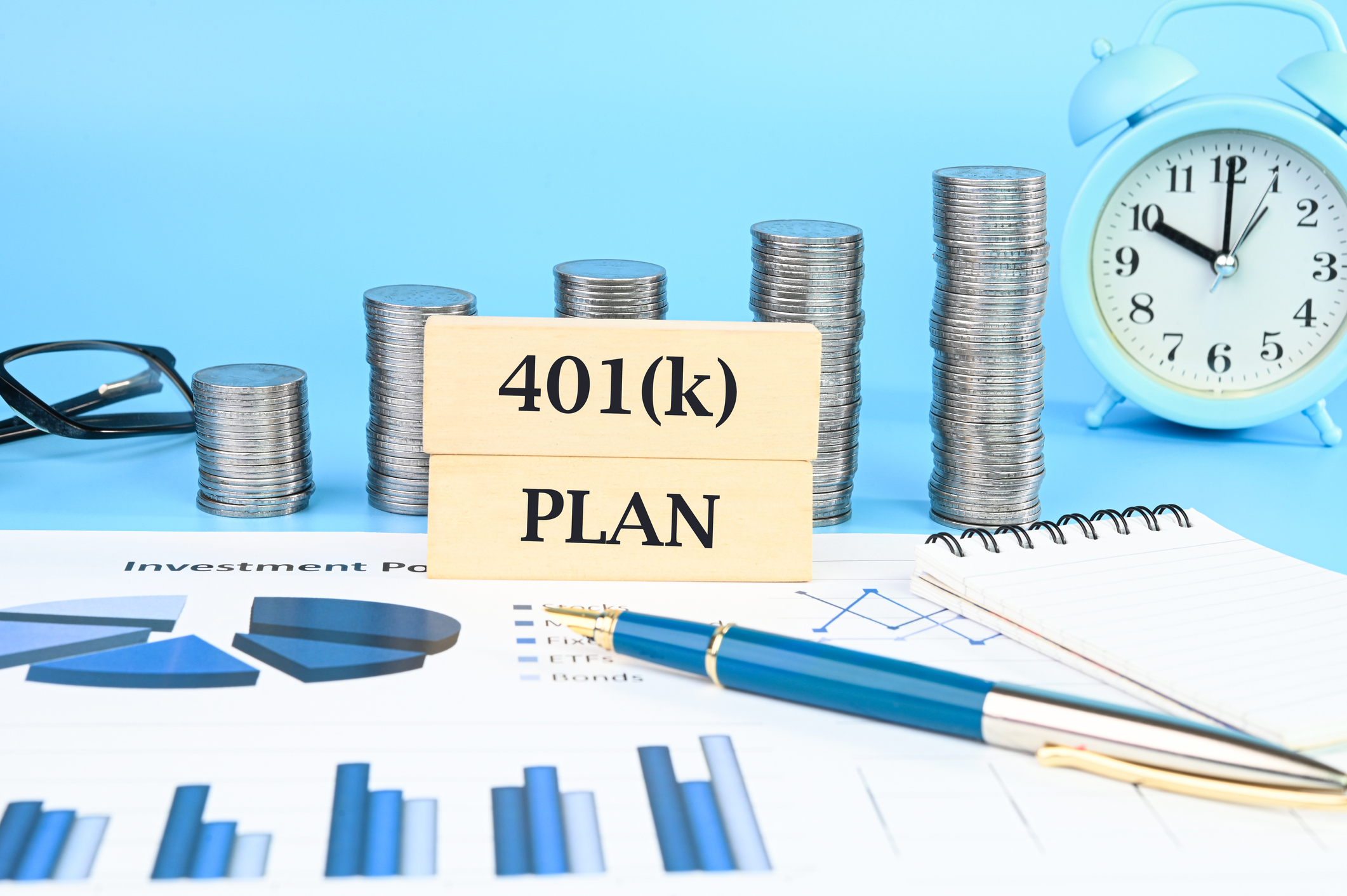8 Ways to Profit From Dividend Stocks
Lately it's been hard to go wrong with dividend-paying stocks.

Lately it's been hard to go wrong with dividend-paying stocks. Many companies are being generous with their payouts, and their stocks have generally performed well. But if your dividend holdings look a lot like your Grandma's—perhaps a smattering of utility and consumer-staples stocks—it's time to update your strategy.
One reason to revamp your approach: Some of the more traditional dividend-paying sectors, such as utilities and telecom services, may fare poorly when interest rates rise. What's more, income-starved investors have been snapping up higher-yielding stocks, leaving many of these shares looking pricey. And investors who limit their dividend hunt to the usual suspects are overlooking some companies with great dividend-growth potential. Some stocks that Grandma never dreamed of buying—including many technology companies—have become reliable dividend payers.
Here are eight ways income investors can profit from dividend stocks.

Don't Reach for the Highest Yields
Income-focused fund managers who have a lot of flexibility to invest in stocks, bonds and other asset classes have lately made some big moves toward dividend-paying stocks. But they're largely focused on finding future dividend growth, not the highest current yield.
Technology, energy and materials stocks, for example, don't always have the juiciest yields. But they offer better dividend-growth potential—and more reasonable valuations—than higher-yielding sectors such as utilities and real estate investment trusts, money managers say.
One mutual fund that's focused on high-quality companies committed to growing dividends over the long haul is Kip 25 member Vanguard Dividend Growth (symbol VDIGX). It may not have the highest yield in its category, but its total returns have outpaced about 95% of large-blend fund rivals over the past decade.

Look for Steady Dividend Growers
The strategy is simple: Buy stocks that regularly boost their dividends and hold for the long haul. You can screen stocks for companies that have raised dividends consecutively for, say, five or ten years. These stocks don't necessarily pay superhigh dividends. But current income isn't the point. Rather, the idea is to target companies whose share prices rise steadily along with their dividend streams. If the strategy works as you expect, you could earn a handsome yield based on the price of your initial purchase.
You can see how dividend growth and share-price appreciation work together by looking at McDonald's (MCD). In 2001, Mickey D's paid out 23 cents a share in dividends on a stock that averaged about $30 a share, for a yield of 0.8%. In 2002, McDonald's raised its annual dividend to 24 cents. Then the company's fortunes improved, and McDonald's decided to give more generously to its shareholders. By 2006, the rate was $1 per share. After a 15% boost in November 2011, the Golden Arches paid dividends at a rate of $2.80 a year. The dividend rose 1,100% since 2001, or 28% annualized over that ten-year span. If you had bought McDonald's stock at $30 per share in 2001, the yield on that original purchase would have worked out to 9.3%. (McDonald's, recently selling for $98 a share, continues to hike its dividend: The company announced recently that the annual payout will be boosted to $3.24 per share.)

Watch Out for Rising Rates
You already know that rising interest rates can hurt your bond holdings (as yields go up, prices go down). Rising rates can also be tough on dividend-paying stocks, which have to offer higher yields to stay competitive as bond yields climb. But some dividend sectors are more vulnerable than others.
Morningstar recently studied rising-rate cycles in which the monthly average ten-year Treasury yield rose one percentage point or more from its low point. In seven such cycles since 1992, the broader market trounced dividend payers, with Standard & Poor's 500-stock index posting an average total return of 11%, versus 3.7% for the Dow Jones US Select Dividend Index.
The market's most defensive sectors, such as utilities and telecommunications, have generally fared the worst, Morningstar found. One reason: Rising rates tend to coincide with stronger economic growth, which favors more cyclical, growth-oriented sectors such as technology and industrials.

Think Outside the Box
The biggest contribution to the S&P 500's total dividends now comes from a sector that hasn't traditionally been known for big payouts: technology. Buoyed by plenty of free cash flow and strong balance sheets, tech giants such as IBM (IBM) and Microsoft (MSFT) can continue to raise their dividends, money managers say. Other tech names favored by analysts and fund managers include Intel (INTC) and Apple (AAPL).
For fast-growing dividends and relative resilience amid rising rates, investors should also look to financial stocks, managers and analysts say. After spending years working through financial-crisis hangovers, many banks are now getting back to the business of raising dividends.

Get in on the Ground Floor With Dividend Rebuilders
Investing in companies that are restoring their payouts is a sound long-term strategy. If you buy shares that pay a small dividend, the yield on your original investment can soar if the company boosts the rate. And because rebuilders formerly paid high dividends, you can be confident the bosses are willing to share the wealth once the exchequer permits them to.
One sector in redevelopment: financials. Dividend investors still bitter about financial stocks' sharp dividend cuts during the financial crisis may find it's time to forgive and forget. Many banks are now boosting payouts. With a current quarterly payout of 30 cents per share, for example, Wells Fargo's (WFC) dividend has bounced back near pre-crisis levels.
Higher long-term interest rates can weigh down mortgage originations, a big source of fees for many banks. But as shorter-term rates start to rise, banks can profit by charging higher rates on many loans while still paying near-zero interest on a large base of customer deposits.

Scout the Rookies
When a company offers a dividend for the first time, it generally means that business is going gangbusters and there's so much extra cash that it makes sense to toss some back to shareholders. Dividend rookies aren't necessarily small-fry companies. Recent dividend initiators include big names, such as Dunkin' Brands (DNKN) and Apple, which started paying a dividend in 2012 and raised it in 2013.
One word of caution: A dividend launch is not always good news. It could mean that a company's growth has slowed and that its prospects have dimmed so much that the bosses have no better idea for what to do with the money than give it back.

Venture Overseas—Carefully
Foreign stocks in both developed and emerging markets tend to offer more enticing dividend yields than U.S. companies. In the energy sector, for example, some fund managers favor the richer yields of oil giants Royal Dutch Shell (RDS.A) and Total (TOT) over U.S. competitors, such as ExxonMobil (XOM).
The higher yields come with some potential pitfalls for U.S. investors. Many countries withhold taxes—often 10% to 20%—on dividends paid to U.S. shareholders. If you hold the shares in a taxable account, you can recover that money through the foreign tax credit. But if you hold the shares in an IRA or other tax-deferred account, you can't claim the credit.
Currency swings can also make for rough seas when dividends aren't paid in U.S. dollars. Many mutual funds hedge away at least some of this foreign-currency exposure, smoothing the ride for investors.

Dissect Dividend Funds' Strategies
When sifting through dividend-focused mutual funds and exchange-traded funds, consider whether the fund is more focused on high-yielding stocks or on shares with more moderate yields and strong future dividend-growth potential. Funds in the two camps are likely to have very different portfolios.
The iShares Select Dividend ETF (DVY), for example, tracks an index that selects stocks based on dividend yield. That approach has lately led to a hefty concentration in the utilities sector. If you're looking for dividend growth and broader diversification, consider a fund such as Vanguard Dividend Appreciation ETF (VIG), which focuses on companies that have raised dividends for at least ten consecutive years.

More From Kiplinger
It's Time to Fine-Tune Dividend Holdings
Investing Lessons for Income Seekers
Dividends in Overdrive
SLIDE SHOW: 12 Stocks to Get Dividends Every Month
ORDER: Maximize Your Lifetime Benefits With Kiplinger's Social Security Solutions
Profit and prosper with the best of Kiplinger's advice on investing, taxes, retirement, personal finance and much more. Delivered daily. Enter your email in the box and click Sign Me Up.
-
 States That Tax Social Security Benefits in 2026
States That Tax Social Security Benefits in 2026Retirement Tax Not all retirees who live in states that tax Social Security benefits have to pay state income taxes. Will your benefits be taxed?
-
 QUIZ: What Type Of Retirement Spender Are You?
QUIZ: What Type Of Retirement Spender Are You?Quiz What is your retirement spending style? Find out with this quick quiz.
-
 How to Avoid the Financial Quicksand of Early Retirement Losses
How to Avoid the Financial Quicksand of Early Retirement LossesSequence of returns — experiencing losses early on — can quickly deplete your savings, highlighting the need for strategies that prioritize income stability.
-
 Best Mutual Funds to Invest In for 2026
Best Mutual Funds to Invest In for 2026The best mutual funds will capitalize on new trends expected to emerge in the new year, all while offering low costs and solid management.
-
 What Fed Rate Cuts Mean For Fixed-Income Investors
What Fed Rate Cuts Mean For Fixed-Income InvestorsThe Fed's rate-cutting campaign has the fixed-income market set for an encore of Q4 2024.
-
 The Most Tax-Friendly States for Investing in 2025 (Hint: There Are Two)
The Most Tax-Friendly States for Investing in 2025 (Hint: There Are Two)State Taxes Living in one of these places could lower your 2025 investment taxes — especially if you invest in real estate.
-
 The Final Countdown for Retirees with Investment Income
The Final Countdown for Retirees with Investment IncomeRetirement Tax Don’t assume Social Security withholding is enough. Some retirement income may require a quarterly estimated tax payment by the September 15 deadline.
-
 The 24 Cheapest Places To Retire in the US
The 24 Cheapest Places To Retire in the USWhen you're trying to balance a fixed income with an enjoyable retirement, the cost of living is a crucial factor to consider. Is your city the best?
-
 Smart Ways to Invest Your Money This Year
Smart Ways to Invest Your Money This YearFollowing a red-hot run for the equities market, folks are looking for smart ways to invest this year. Stocks, bonds and CDs all have something to offer in 2024.
-
 Vanguard's New International Fund Targets Dividend Growth
Vanguard's New International Fund Targets Dividend GrowthInvestors may be skittish about buying international stocks, but this new Vanguard fund that targets stable dividend growers could ease their minds.
-
 Best 401(k) Investments: Where to Invest
Best 401(k) Investments: Where to InvestKnowing where to find the best 401(k) investments to put your money can be difficult. Here, we rank 10 of the largest retirement funds.
